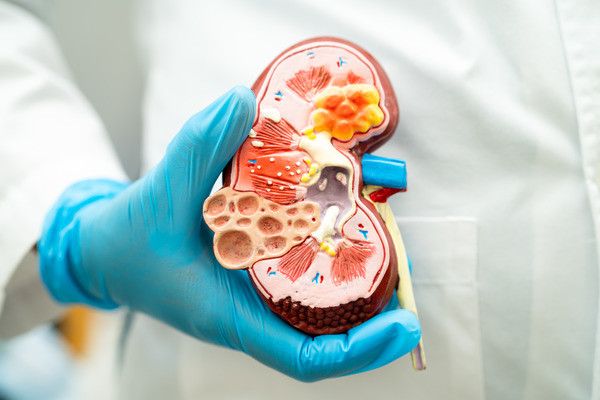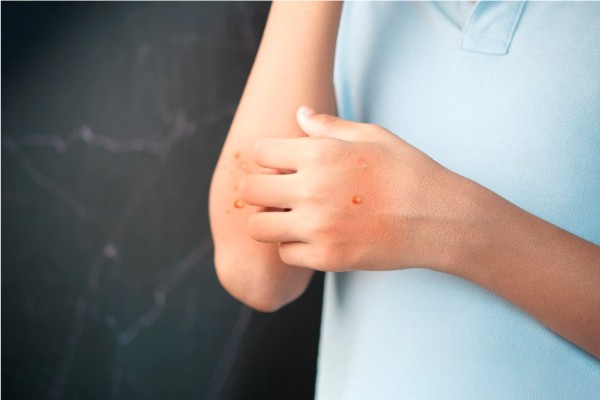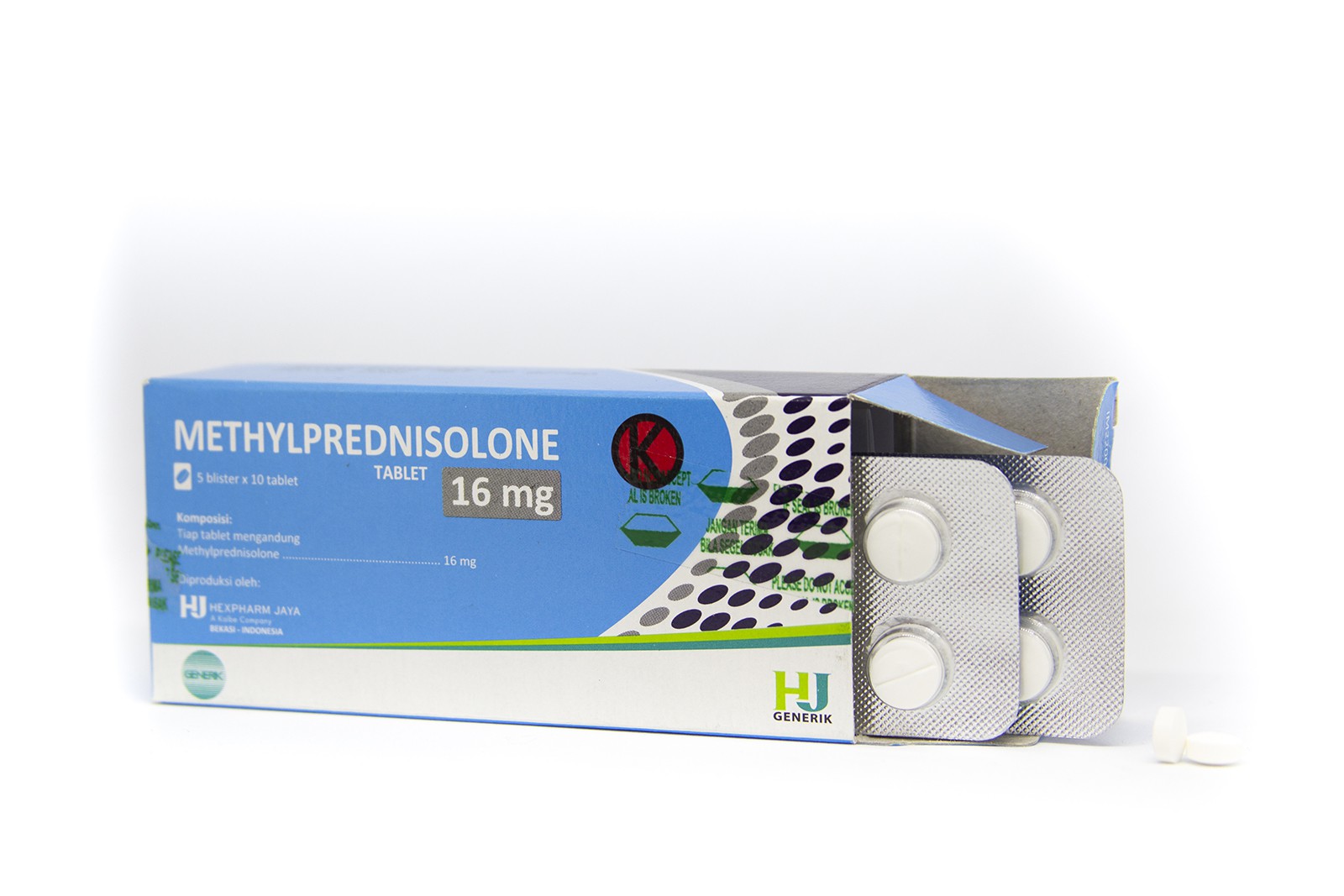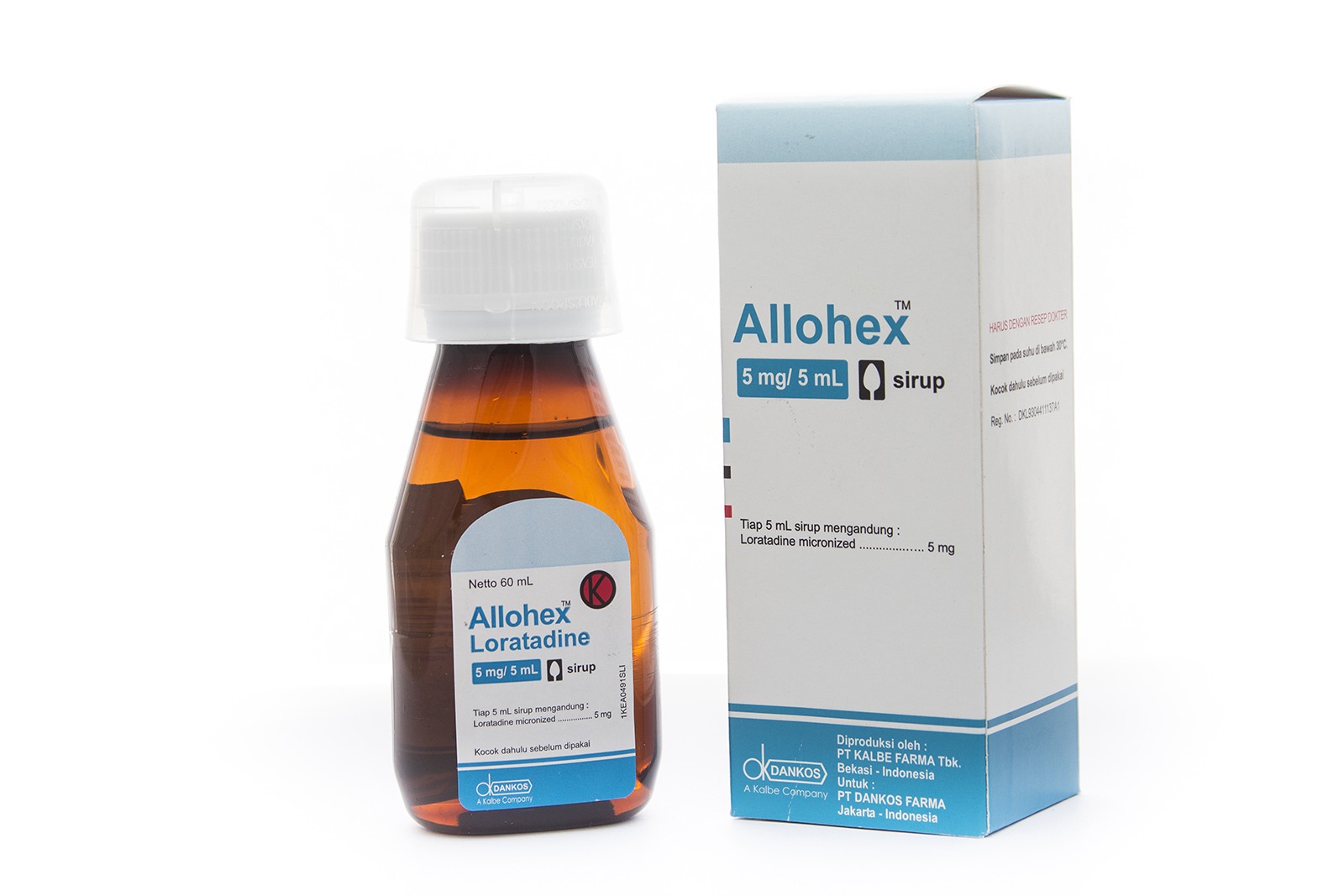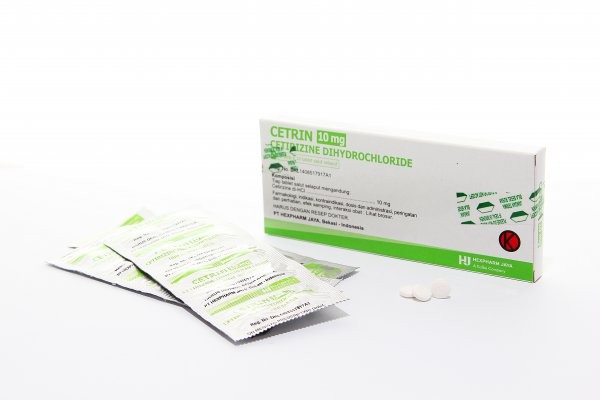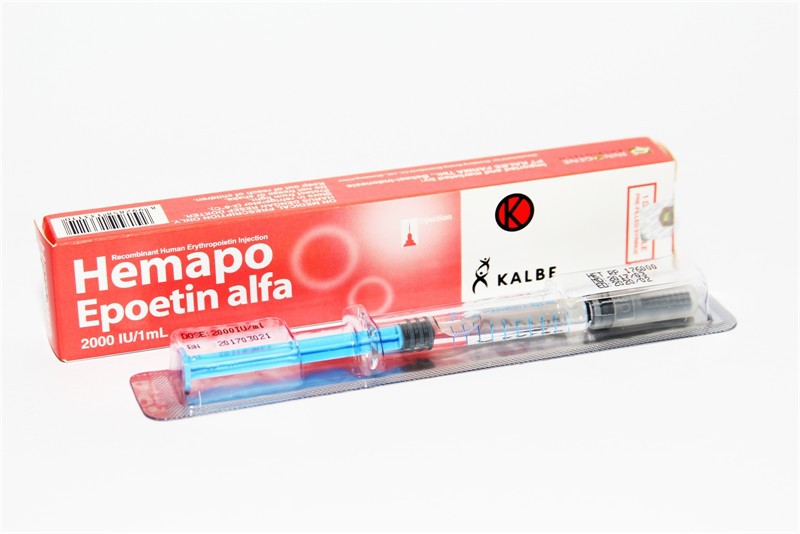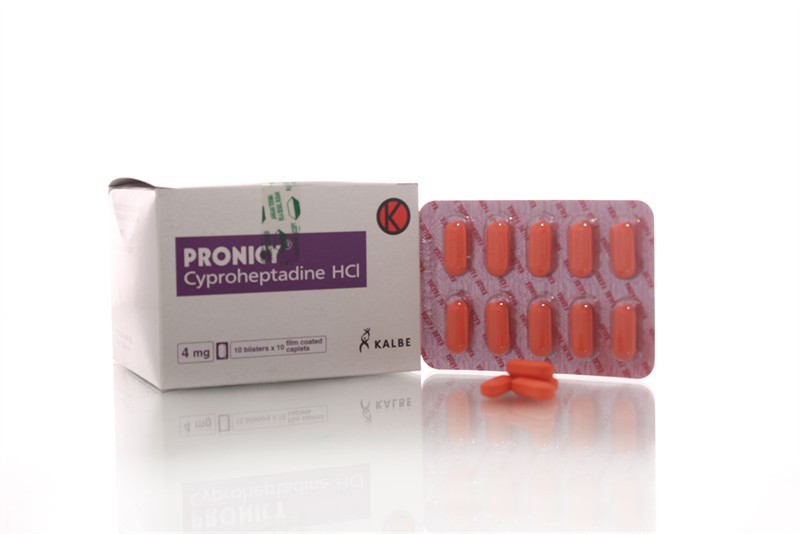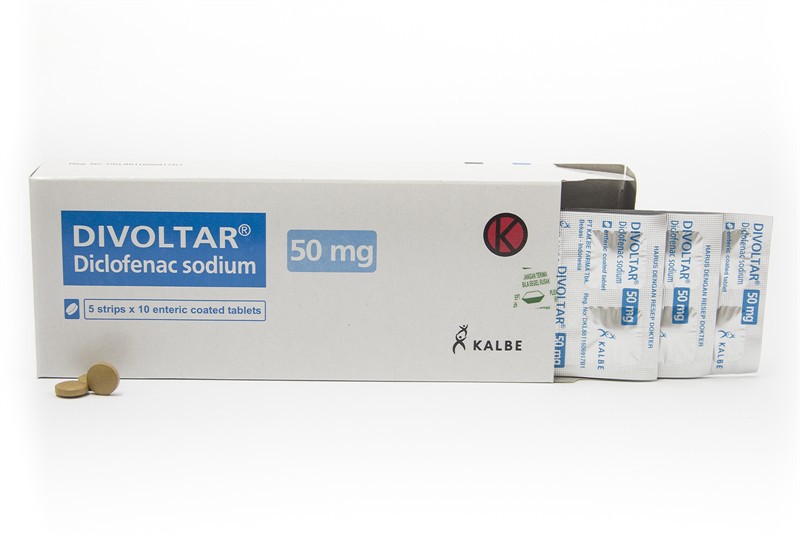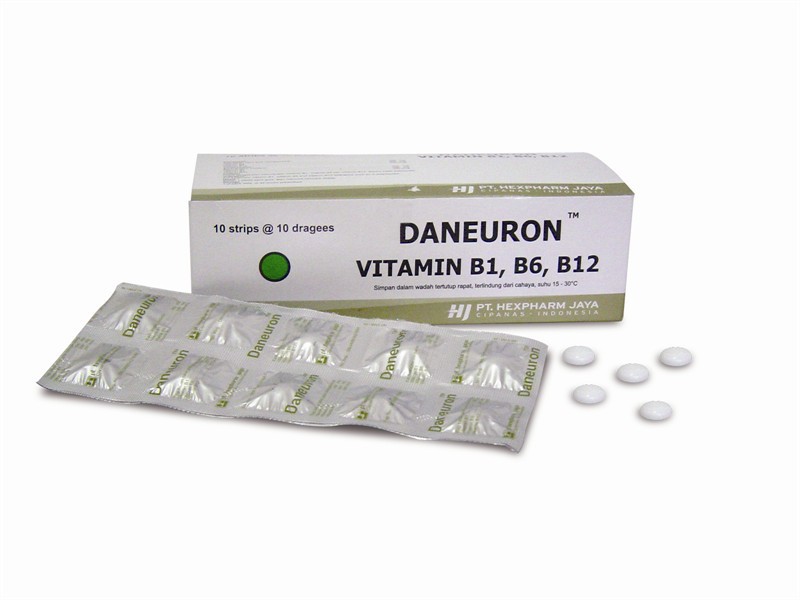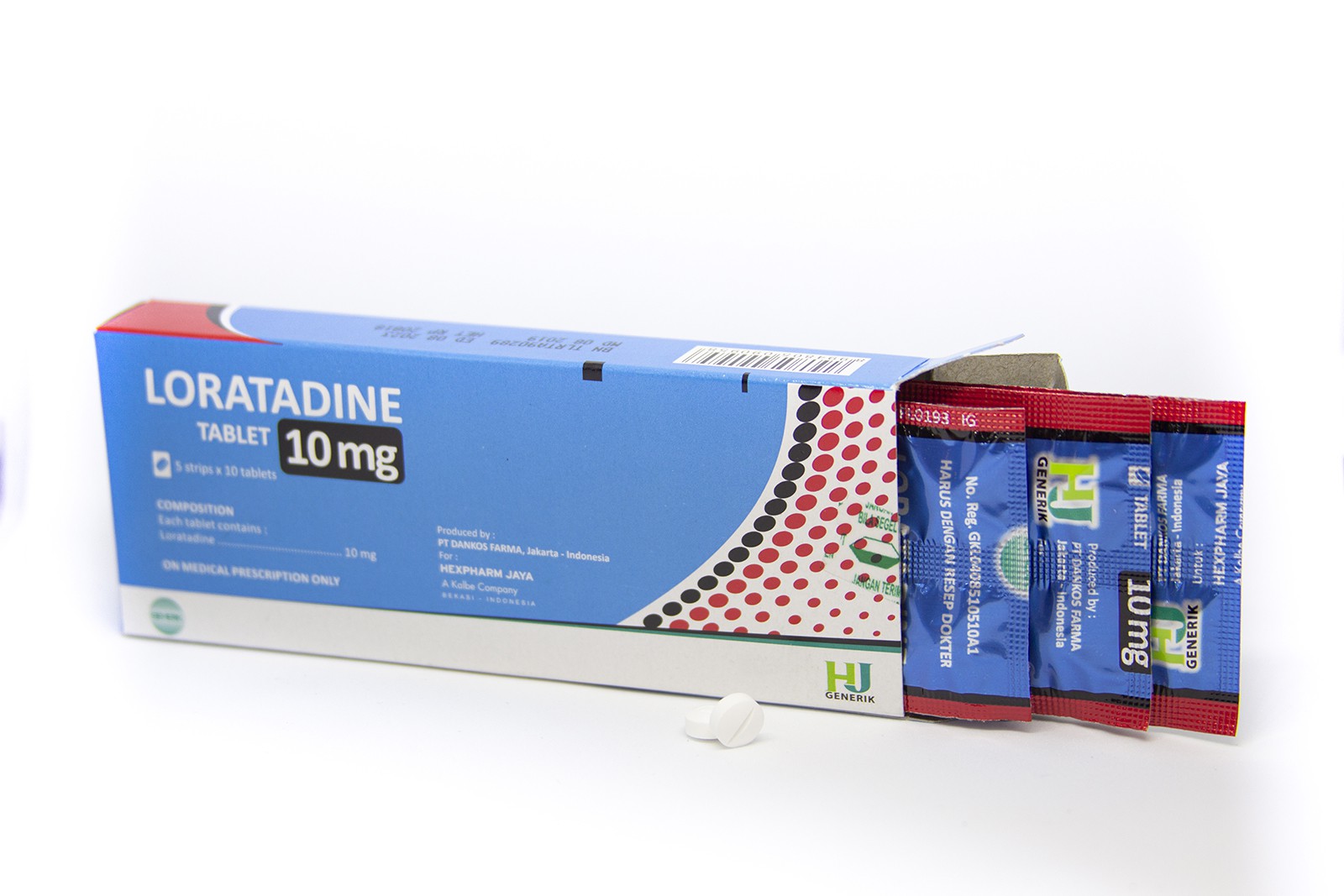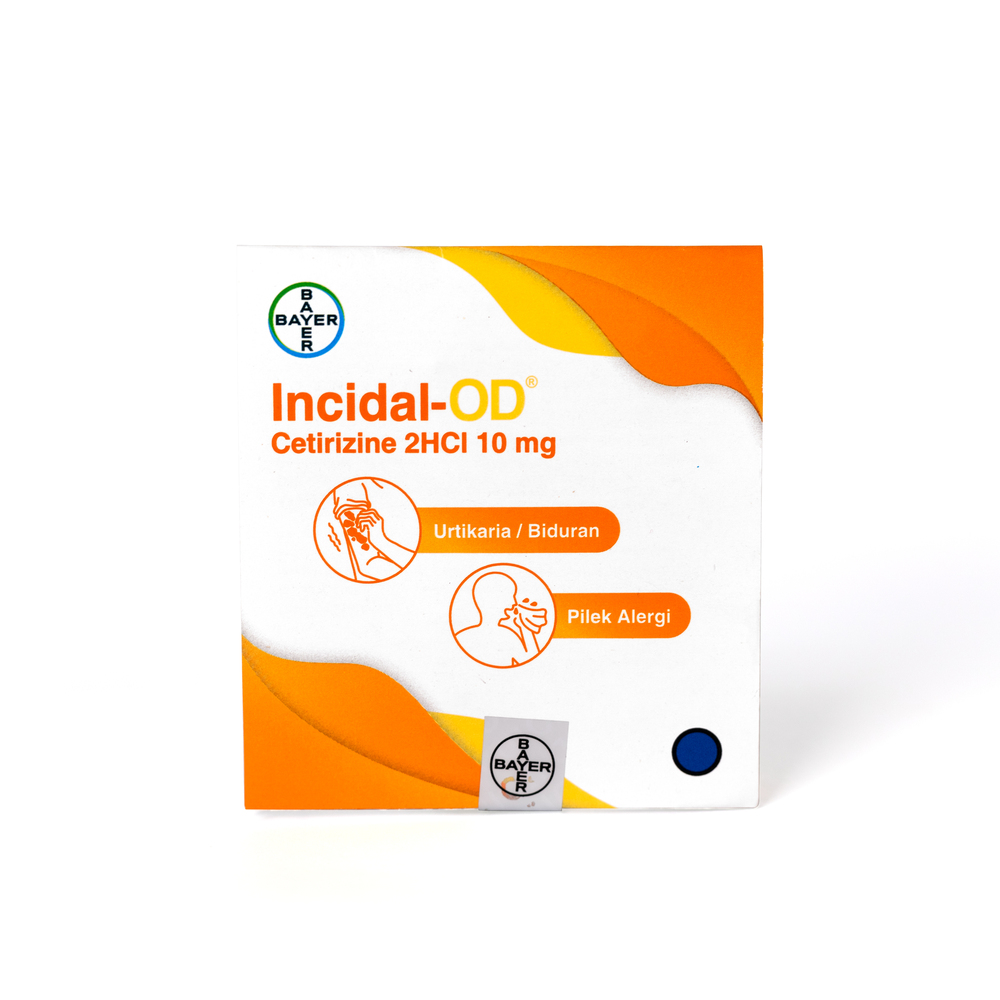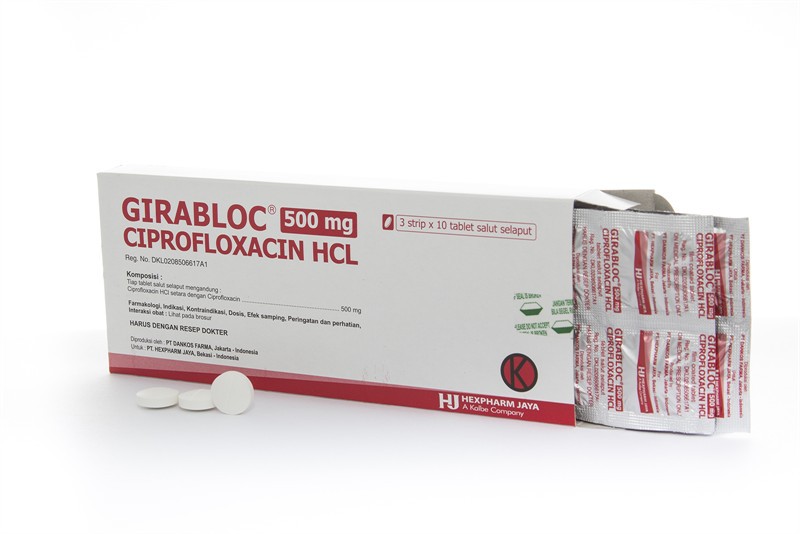
Fluoroquinolones are second only to beta-lactams in terms of frequency of causing hypersensitivity reactions among various antibiotics. Ciprofloxacin, levofloxacin, and moxifloxacin all share a 4-oxo-1,4-dihydroquinoline ring core with a fluorine atom attached to position 6. Given this same ring structure, it is hypothesized that patients allergic to one fluoroquinolone will also be allergic to all the other fluoroquinolones. There is limited evidence regarding cross-reactivity of fluoroquinolones, making it difficult for clinicians to understand the implications of choosing an alternative to a class of antibiotics among patients with a history of allergic reactions to fluoroquinolones.
A retrospective study compared the frequency of immediate hypersensitivity reactions to ciprofloxacin, levofloxacin, and moxifloxacin among patients with a history of direct hypersensitivity to different fluoroquinolones.
A total of 321 cases met the inclusion criteria. 8 of the 321 cases experienced an immediate hypersensitivity reaction to the second fluoroquinolone, resulting in a crossreactivity frequency of 2.5%. 6 out of 8 cases who experienced an immediate hypersensitivity reaction were women with a mean age of 60.5 years. In the cohort/group of patients with a history of ciprofloxacin allergy, 157 exposures resulted in 4 (2.5%) immediate hypersensitivity reactions, all of which were found in the levofloxacin exposure group.
Of the 145 exposures examined in the group of patients with a history of levofloxacin allergy, 3 (2%) produced an immediate hypersensitivity reaction, all of which were found in the ciprofloxacin exposure group.
In the moxifloxacin allergy cohort, 19 exposures resulted in 1 (5.3%) immediate hypersensitivity reaction, found in the levofloxacin group. The cross-reactivity between the ciprofloxacin and levofloxacin cohorts was similar. The frequency of cross-reactivity in the moxifloxacin cohort was 5.3% and was difficult to interpret due to the small cohort sample size.
Direct hypersensitivity reactions to fluoroquinolones are more often mediated through mechanisms that are triggered independently of IgE antibody activation, and in addition to direct activation of mast cells via Mas-related G protein-coupled receptor X2 (MRGPRX2). An important difference between the 2 reaction mechanisms is that activation of IgE antibodies can occur even with very little antigen exposure, whereas MRGPRX2-mediated reactions are dose dependent.
Patients with a history of immediate hypersensitivity reactions to ciprofloxacin, levofloxacin, and moxifloxacin are at low risk for cross-hypersensitivity reactions when exposed to different fluoroquinolones. The low frequency of cross-reactivity found in this study may increase physician confidence in trying oral test/trial doses among patients with a history of allergy to fluoroquinolones. Comprehensive education about possible hypersensitivity and symptom management is needed in this regard.
Image: Illustration (source:by jcomp - freepik)
Reference:Azimi SF, Mainella V, Jeffres MN. Immediate Hypersensitivity to Fluoroquinolones: A Cohort Assessing Cross-Reactivity. Open Forum Infect Dis. 2022;9(4):ofac106




